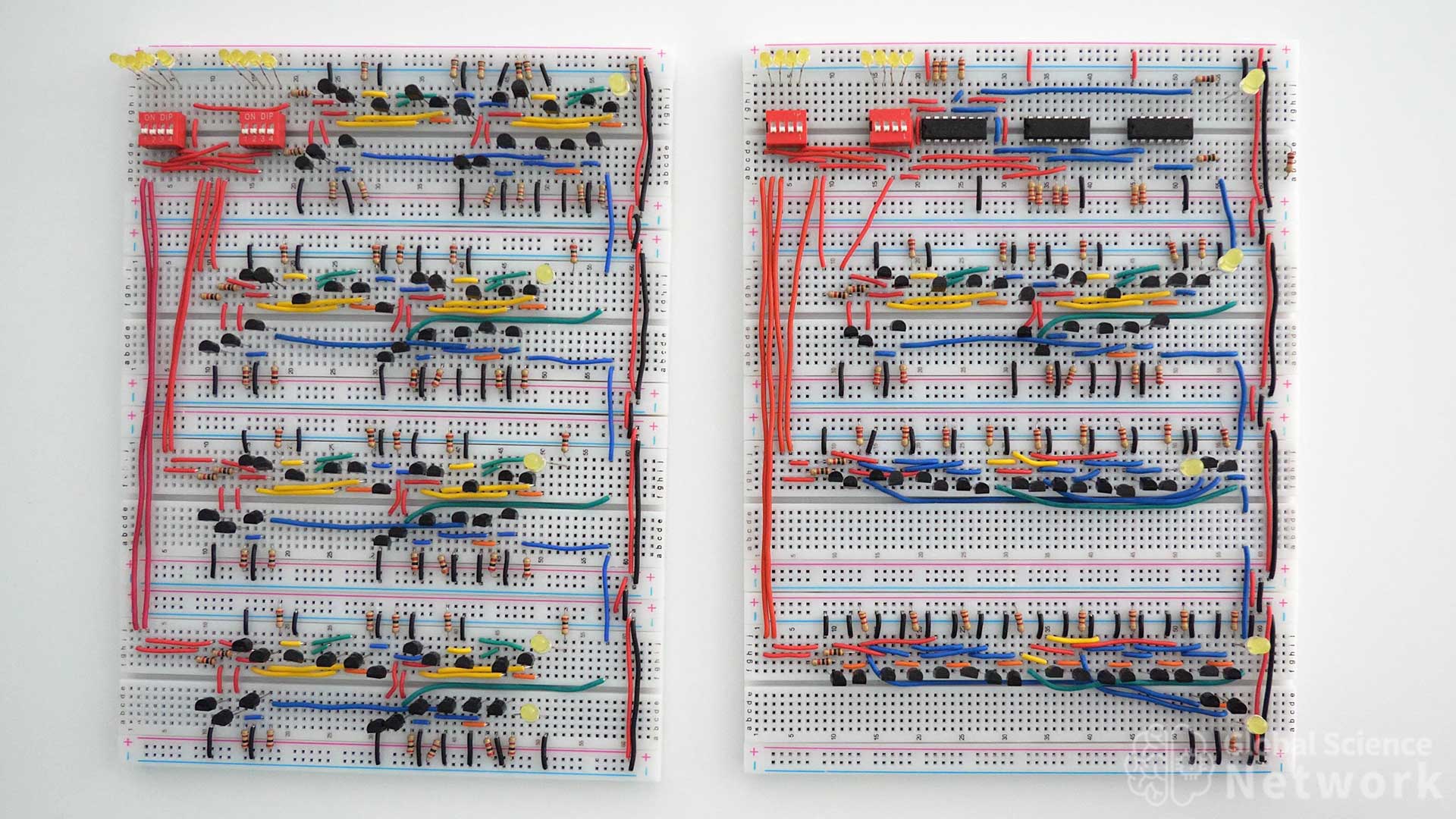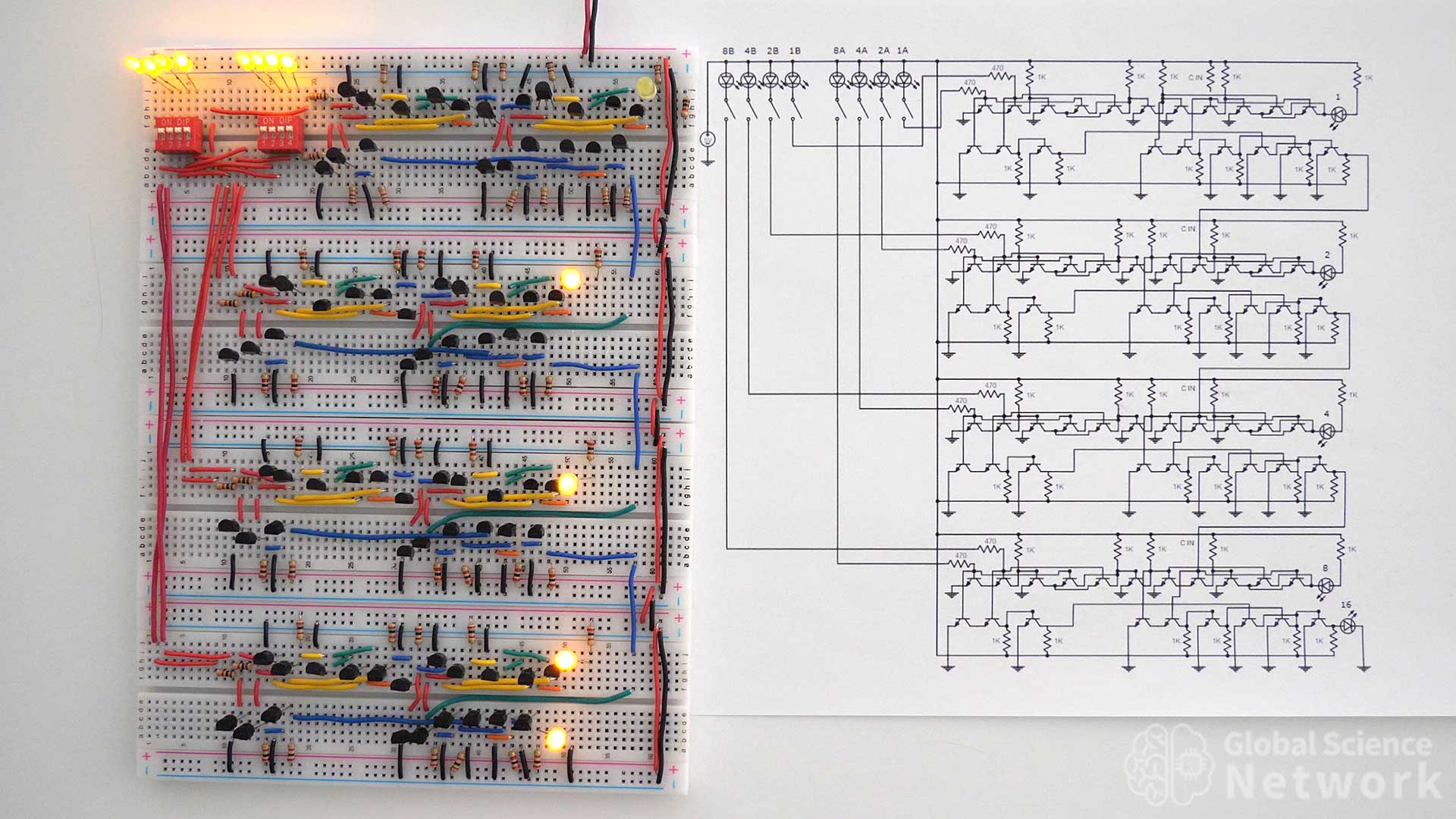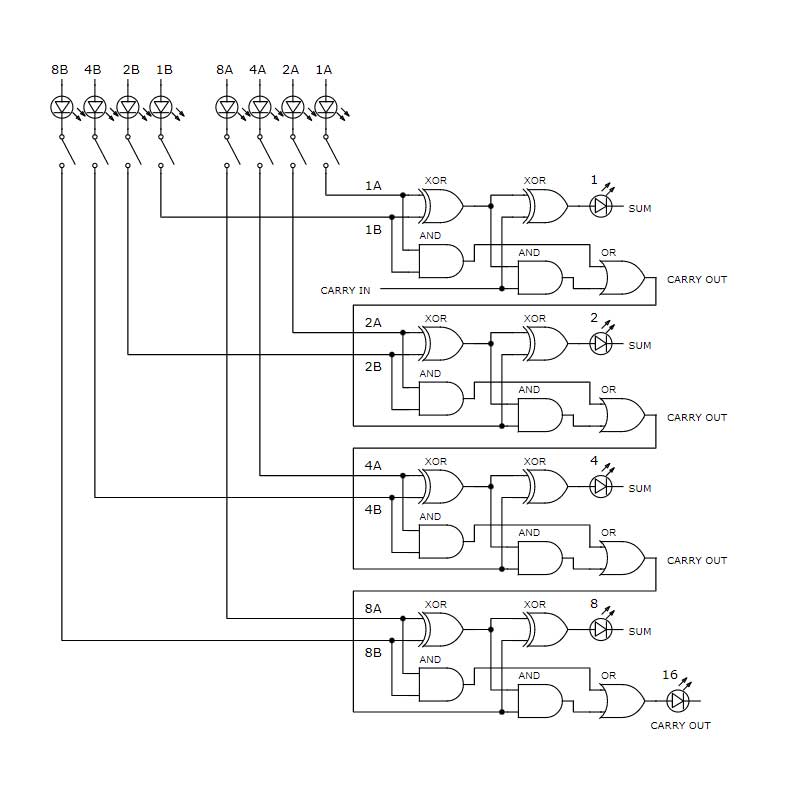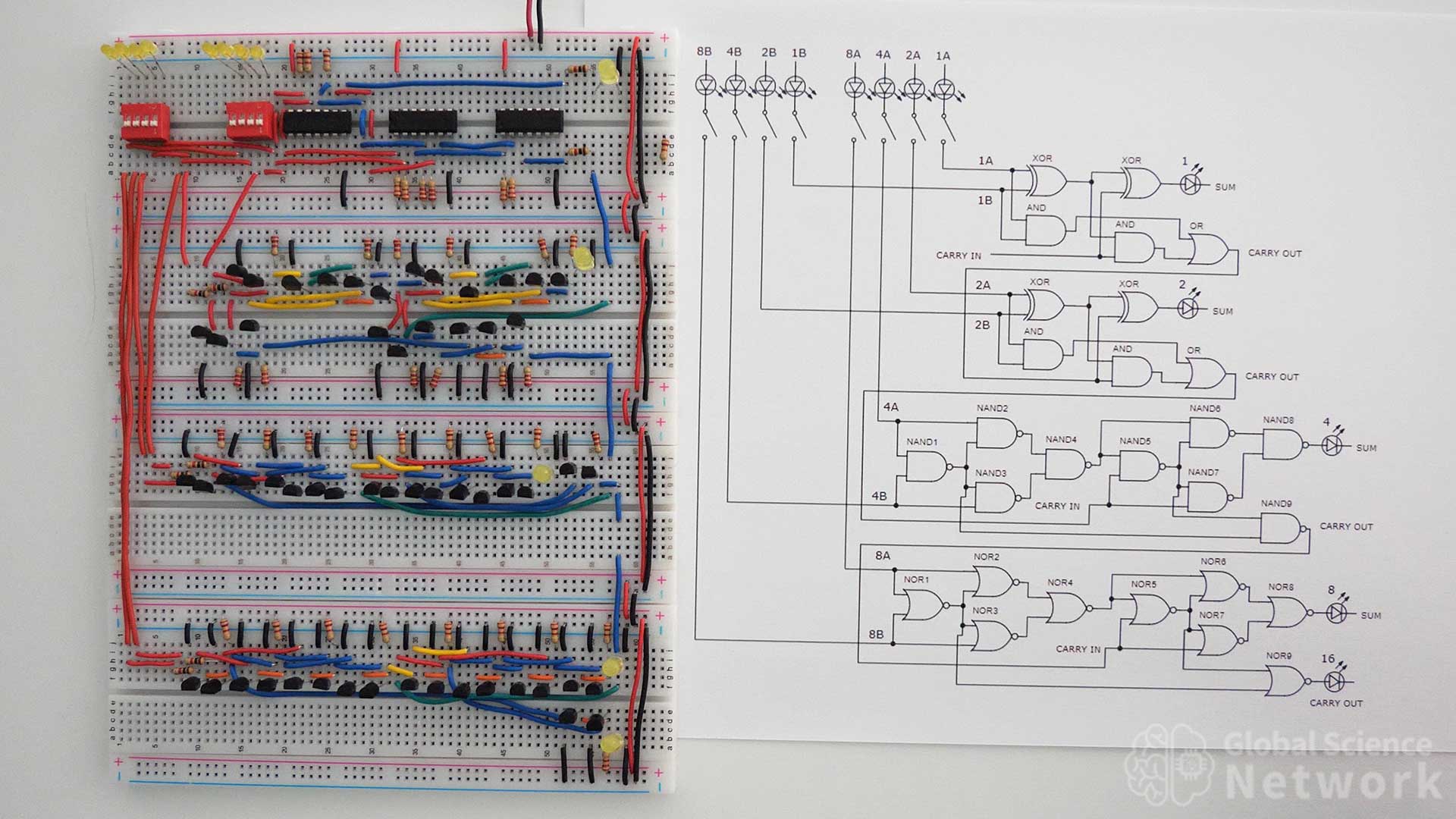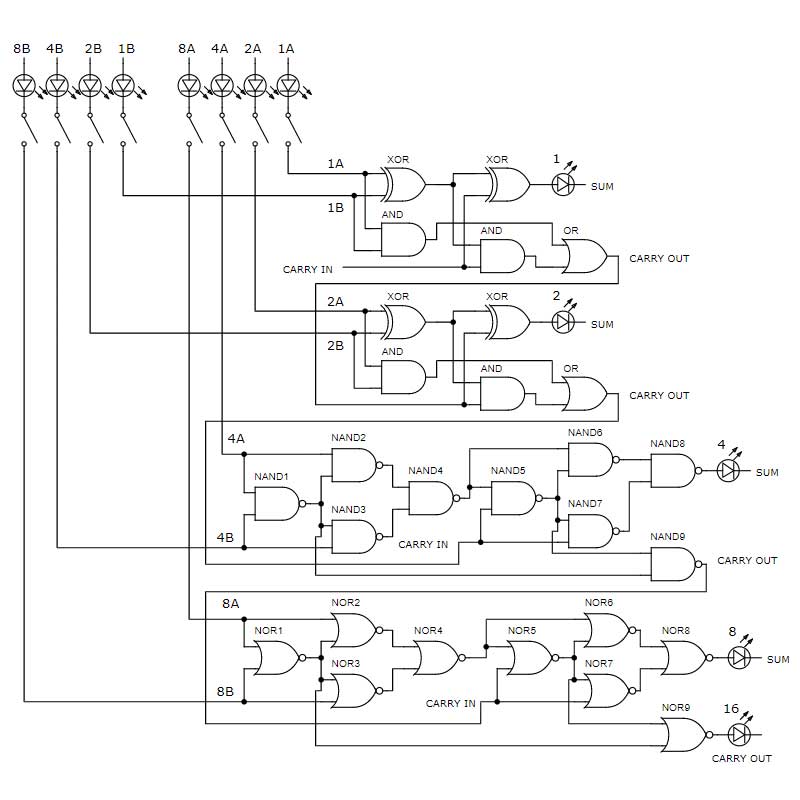Solving unified field theory is important because ultimately it decides what humans can do with our existence. There is a big difference between the heat death of the universe vs a cycle that can reverse entropy loss. In 1532 humans documented that the sun was the center of the solar system for the first time. In 1931 the big bang was proposed. While this idea has been refined over the past 100 years most scientists agree there are still many unknowns around the creation and existence of matter and energy in the universe. Just like humans were going to come up with a better theory after 1532 we are going to come up with a better theory after 2023. The first step is to acknowledge what we do not understand.

There are many unknowns in describing the formation and interaction of all particles in the universe. The main goal of the Global Science Network is to create non-biological humans. Some people may not see how this is related to solving the world’s energy problems or solving unified field theory. However, the fundamental science of these three projects is directly linked.
This is because the universe is energy which is information that is being proceeded and stored and humans are also information that is being processed and stored. Describing all energy and matter as information is the basis for information theory. This is not exactly how I plan to approach solving unified field theory but it is important to keep in mind.
The most basic way I can describe that our scientific explanation of the universe is wrong is the law of entropy. If the universe is constantly increasing in disorder that means each step back in time has more order. Just keep going back toward infinity and you see a huge problem. Not only is there infinite energy but there needs to be infinite energy density.
This concept is completely ridiculous and obviously wrong. While the big bang theory has a beginning the concept relies on a single rare event that requires massive negative entropy. Now we can say that some rare quantum fluctuations created negative entropy but this is total garbage. That is just a fancy way to say we do not have a clue why it would happen.
There is in fact a way to describe the universe in a way that does not require rare events or single events to reverse entropy for the expansion of the universe. I plan to detail my approach to solving unified field theory soon. However, I want to do so in a way that is thoughtful and credible so I am holding off for now.
Also, it is worth thinking about whether it is worth putting time and effort into solving unified field theory. We learned the earth revolves around the sun in 1532. Humans did not launch Sputnik 1 into orbit until 1957. So it took over 400 years to go from theory to application.
There are a few reasons why it is beneficial to solve unified field theory. We may be able to explore beyond the visible universe. We can explore virtual space. It gives humanity hope that the heat death of the universe is not the end of the universe. However, humanity is still limited, for a human to live forever a human would need to contain increasing quantities of information to infinity. This is the reverse problem of entropy. Without entropy, there would then be the conservation of information. This points to the idea that information has to be deleted for new information to be saved.
Most importantly solving unified field theory allows humans to understand information from a fundamental viewpoint. We ultimately need to make information functionally equivalent to other information. We also need to know where in the universe humans can reside and that is the most interesting thing. If humans are non-biological we will be able to thrive living beyond our solar system and possibly even create new universes.

Cody started the Global Science Network with the idea people should be focusing more time, energy, and resources on useful projects. He has a bachelor’s degree in aerospace engineering and a master’s degree in mechanical engineering. Cody has worked for the US federal government, a university, a large corporation, small businesses, and for himself. He has done human brain computer interface research and is currently working towards creating non-biological human consciousness.

